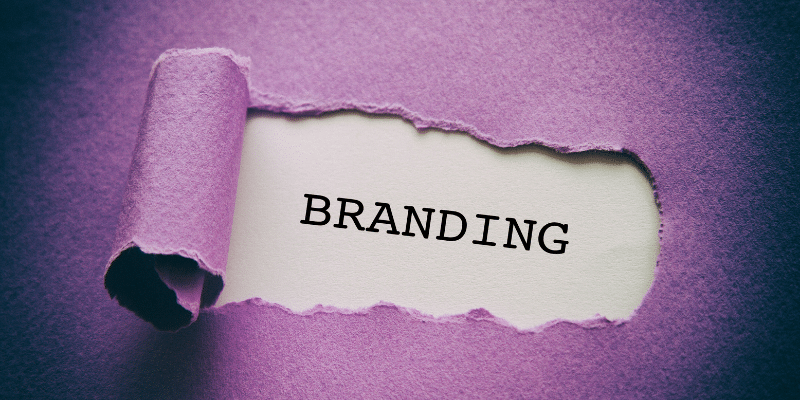
One of the most misused and misunderstood terms in marketing is BRANDING. Here is what it means to me and how we use it to grow businesses. Agree or disagree with me as inspired…
Branding = Association
The cow is associated with the rancher. (A literal “brand”)
The product is associated with a company. (A creator)
The creator is associated with a set of values, principles, opinions, and perspectives. (A worldview and personality)
This worldview and personality are shared by a passionate subset of consumers. (A tribe)
This tribe purchases the ASSOCIATION with the worldview and personality when they purchase the product. In other words, they buy what you believe, what you stand for and against, when it aligns with their own beliefs. (An identity)
This identity reinforces to the consumer who they are and aspire to be. It also reinforces the same to their world and those living in it. “Here’s how I want you to perceive me and what’s important to me.” (An expression of identity)
Great “brands” know that they are a SYMBOL. And we aren’t talking about their logo. That’s just a visual symbol, that’s part of a system of symbols, that ultimately equal their brand. (The way you answer the phone is a symbol, too.)
The mission is to create the correct associations, or bonds, between the product and the worldview and personality. So that when a consumer encounters the “brand” (in any form, from advertising to customer service conversations) they feel one of two ways: alienated because you don’t stand for what they stand for (which is a great reaction, by the way) or affirmed (because you’re silently whispering that you and they are the same in all the ways that matter).
A consistent set of visual symbols ≠ a brand. Neither does a name, or a product, or a tagline.
Brand = Worldview and Personality connected to a person or a product that appeals to the identity of a like-minded group of consumers. (Or in one word, Association)
Not convinced? Consider Pavlov and his dog. He associated the smell and taste of meat with the sound of the bell. He “branded” the bell with the qualities of the meat. The bell became equal to the meat. Technically, he created an associative memory and buried it deep. Encounter one thing, think of another.
This is branding.
The key is to stand for something that people actually care about.
“But, Erik, isn’t your brand what others think it is, not what you think and say it is? Doesn’t the brand really live in the mind of the consumer?”
Yes, this is true. But where do people draw from to shape their thinking about you? It has to come from somewhere. Like your messaging, your interactions with the public, and what they then say to their friends, family, and the internet about you. This secondary group consumes the impressions of the first group, combines them with what they already know about you, adding to their perception of your brand. All this being true, it doesn’t happen in a vaccuum. Consumers observe and perceive within a specific, and complex context which you get to shape by what you say and what you do. Sometimes, more importantly, by what you don’t say and do.
So, what are you a symbol of? Is it your most true and beautiful ideals in both word (marketing) and deed (product delivery/performance)? Do your intentions for how people view you align with how they actually view and talk about you? Whatever your answer, that’s your brand, for better or for worse.
When your true intentions align with your actions in a way that affirms your tribes identity, good things will happen. You can’t control ultimately how people respond, but you’re increasing the likelihood of their perception being similar to yours. And when you are who you say you are, and who people think and hope you are, your brand will work for you instead of against you. When this is the case, make everything you do about that. Tell that story in a way that conveys your personality and connects with your tribe that’s dispersed throughout the marketplace. Not just in your advertising but in every customer touch point. Put your money behind it strategically. Give it time to take root and grow. You’ll like the results. And so will your growing tribe, your “brand of people.”
(Thanks to Lauren Molenda, Paul Greiner, Steve Fortunato, Barbara Leggett, Graham Vosburg, and Daniel Wangelin for sharpening my thinking.)
